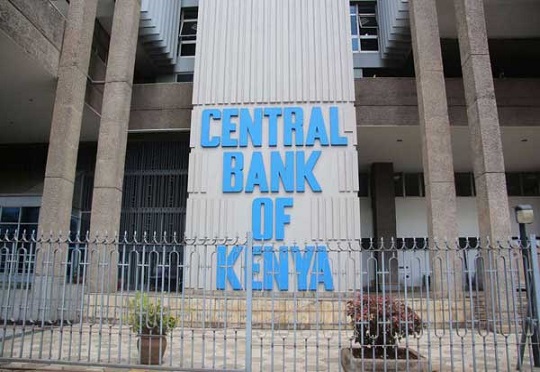Banks
Borrowers Struggle to Repay Debts on High Cost of Living

Due to their limited resources and the rising cost of living, Kenyan borrowers are finding it difficult to pay their credit obligations.
According to the most recent statistics from the Central Bank of Kenya (CBK), the percentage of nonperforming loans (NPLs) increased to 14% in February from 13.3% in December 2022.
“Increases in NPLs were noted in the trade, personal and household, manufacturing and building and construction sectors,” CBK said.
A special team reporting directly to chief executive Paul Russo was established by KCB Group to recover billions of shillings in bad loans as a result of the high number of defaulted loans.
The lender’s financial results for the year ended December 31 showed that the ratio of non-performing loans was 17.3%, primarily due to downgrades from the KCB Kenya business.
Gross NPLs totaled Sh161 billion at the time. Although the NPL ratio and stock are up from the previous year, the percentage had significantly decreased from its high in June 2022, when it was 21 percent.
The NPL ratio at Co-operative Bank Group increased to 13.4%, which is lower than the industry average of 14.0% and indicates better asset quality.
However, the central bank claims that banks have kept making sufficient provisions for the NPLs.
On Monday, Equity Bank announced historic net profits of Sh46.1 billion for the year ended December 31, 2022, with the lowest NPL ratio in the industry at 7.7%, or nearly half the industry average.
Total cost peaked at Sh84.5 billion after a 39% increase led by a 180% increase in loan loss provision, which went from Sh4.9 billion to Sh13.7 billion, achieving 94 percent NPL coverage at a 2.4% cost of risk.
In addition to the rising expense of living, the ongoing global financial crisis, which has caused local currencies to devalue, is also to blame for the high NPL ratio in the banking industry.
Since then, the shilling has fallen 5.8 percent since January and 14% year over year against the dollar. The shilling hit a fresh low of Sh132.18 yesterday.
Interbank forex dealing was resumed by CBK last week to undermine the parallel FX market, where the dollar had reached a high of Sh147.
Governor of the CBK Patrick Njoroge expressed optimism yesterday that many measures, including a proposal for government-to-government oil imports, will cause the foreign exchange market to stabilize over the next six months.
“Over the last two weeks, there has been an ease in volatility. The river is coming back to its course,” Njoroge said.
The CBK’s foreign exchange reserves have been declining recently, falling below both the national and East Africa Community minimums.
”Our foreign reserves currently stand at $6.49 billion (3.62 months of import cover), continue to provide adequate cover and a buffer against any short-term shocks in the foreign exchange market,” Njoroge said.
Due to the low rate of debt repayment by borrowers, the banking sector has reduced the amount of credit provided to private businesses, with the majority of lenders preferring government bonds.
In February 2023, private sector loan growth was 11.7%, down from 12.7% in December 2022, according to CBK.
However, manufacturing (15.2%), transportation and communication (16.5%), trade (11.8%), and consumer durables all saw significant credit increase. (12.4 percent).











